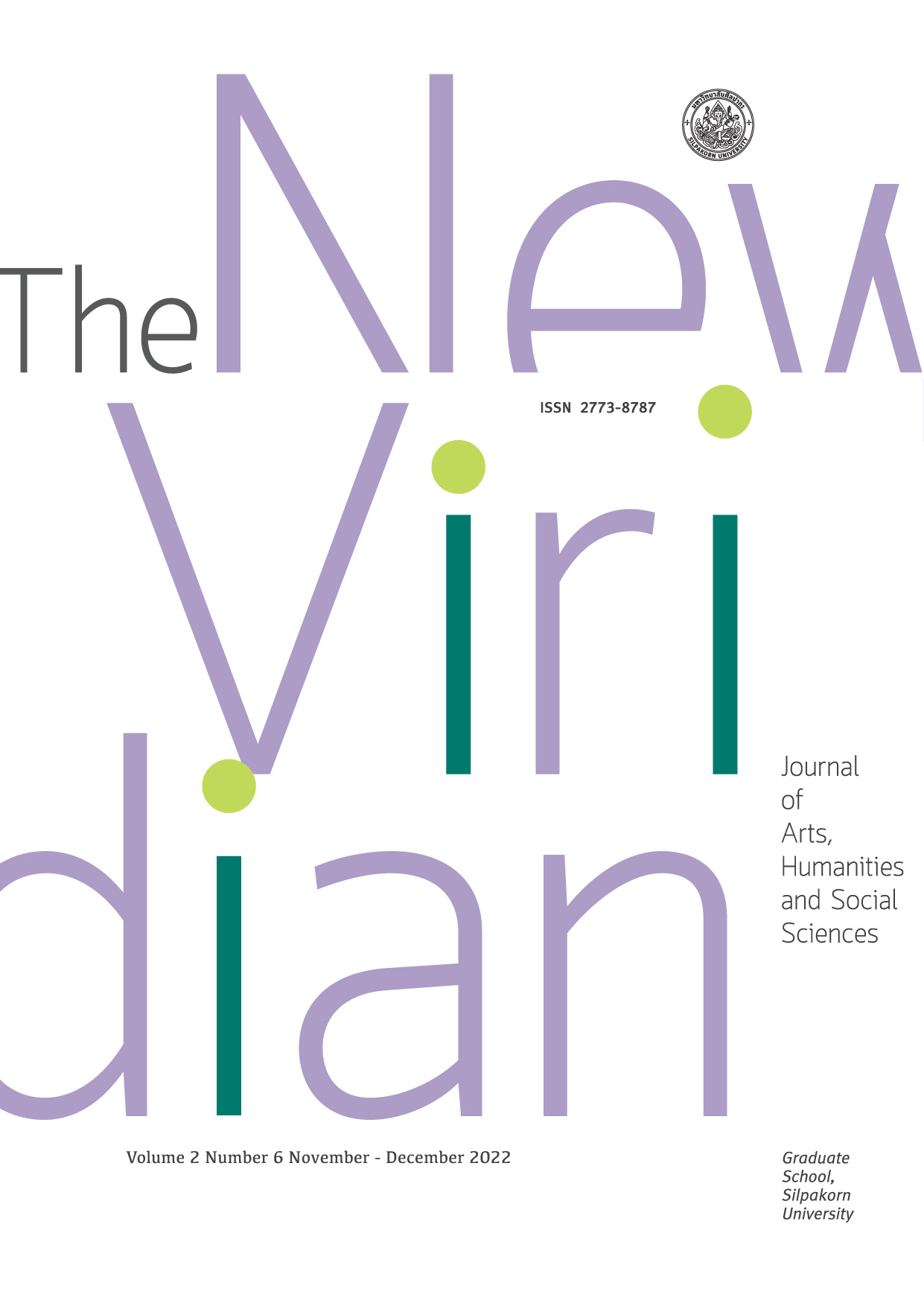สืบสาย “ผ้าลายหงส์” ลายผ้าโบราณในวัฒนธรรมไทยวน สู่การออกแบบสมัยใหม่ (The inheritance of swan-pattern textiles, enhancing a traditional Tai Yuan textile with new designs for the next generation.)
Keywords:
pattern of woven textiles, graph table, Adobe IllustratorAbstract
The author created this article by the inspiration of the book “Naga Textile: A Unique Cultural Identity in Asia. There is a quote by Ajarn Phaothong Thongjue where he said “King of Nagas is regarded as a symbol of greatness, fertility, and ascendancy. It is believed to be a stairway leading to the land of the universe. Some localities believes that the King of Nagas lives underground or the bowels of a person's life from birth to death. In the past up until these days, we often see ancient woven clothes, in every culture, were weaved in King of Nagas or Naga pattern. The mystery still lingers and Naga is still presented in the media at the present time. The author studied more about the textiles and found that besides animal patterns appeared on hand-woven fabrics as Naga patterns, there is also the story of the swan or bird species, especially on the Phasin Teen Chok (skirt border). In the Tai Yuan ethic group of Thailand, there is always a “Hong holding a lantern” pattern weaving on Phasin, which associates with Buddhism beliefs the same way as Naga-patterned textile does, but often appear in other shorter research papers. “According to Thai and Hindu-Buddhist beliefs, a swan is regarded as the religious legend, being the vehicle of Brahma. A swan is highly respected by Thai art, so it has been regarded as a symbol of the royal Thai barge, Suphannahong” (Jutapak, 2012: 25). In China, people also believe about the swan myth that is similar to the “Phoenix” myth. Therefore, the swan can be perceived as “Naga” considering its features and myths that are connected to common beliefs in different regions. However, weaving swan-patterned textile might be much more strict and limited than Naga-pattern one. Swan textile is often woven in the pattern of a swan holding a lantern, a pair of swans, etc. It may appear in a pattern called "Hong Nok" or in some areas call it "a lantern pattern (Lai Khom)", which represents in geometric patterns, usually a rhombus that contains a symbol of a bird or a swan in there. The design lacks of application and enhancement of the modern-style pattern, the author then analyzes the structure of swan-patterned textile using Adobe Illustrator to create graphs with grid pattern in order to demonstrate the structure of swan-pattern woven fabrics that originally belong to Tai-Yuan ethnic group while presenting them in various patterns analyzed for the future applications.


